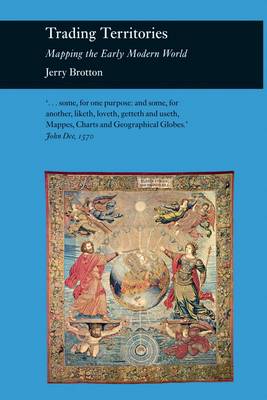Picturing History
1 total work
Offering an account of the status of maps and geographical knowledge in the Early Modern world, this work focuses on how early European geographers mapped the territories of the Old World (Africa and South-East Asia). It contends that the historical preoccupation with Columbus's "discovery" of the New World in 1492 has tended to obscure the importance of the mapping of territories which have been defined as "eastern". The author places the rise of Early Modern mapping within the context of the seaborne commercial adventures of the early maritime empires - the Portuguese, the Spanish, the Ottoman, the Dutch and the English. He explores the ways in which maps and globes were used to mediate in the commercial and diplomatic disputes between these empires, which came to value the map for what it told their power-brokers about their place in the world, over and above its objective depiction of the world. Brotton argues that it was trade, diplomacy and financial speculation which defined the development of early maps and globes, rather than disinterested intellectual pursuit of scientific accuracy and objectivity.
